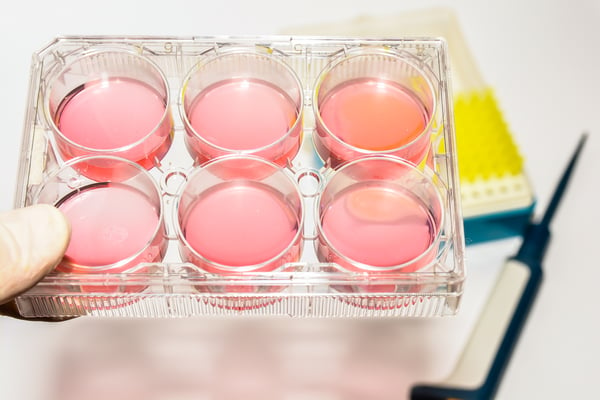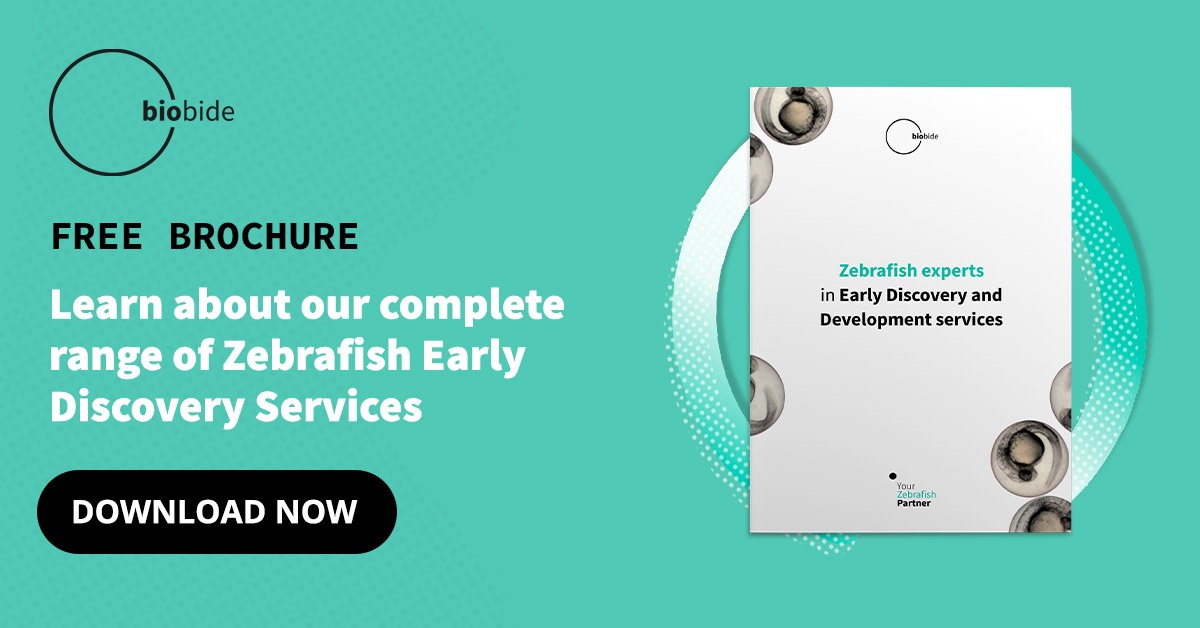Cell lines are a common method for laboratory cultivation in drug discovery. The use of alternative methods has numerous benefits and applications for reproductive drug toxicity screening. However, these often have a limited life, reducing their effectiveness in drug testing.
What is a cell line?
Cell lines are a group of cells that can be repeatedly used for experimentation. Sometimes they have an indefinite life which is what makes them so important in the field of drug discovery.
In many forms of drug assays, it can be difficult to study various clusters of cells due to their complexity. For example, the pancreas is made of tissues that are extremely difficult to examine and therefore it is an almost impossible task to carry out certain kinds of testing.
Isolating certain primary cells for study can have limits as human cells undergo a process known as senescence after they are divided. This means that the cell can no longer multiply but does not die. An infected or damaged cell could remain in the human body and cause disease, including senescent cells. Primary cells that are in a senescent state cannot multiply any longer, not being able to be further used in drug testing. This is in contrast to cell lines that do not enter into senescence.

The benefits of zebrafish cell lines
Zebrafish cell lines can be cultivated repeatedly. This allows indefinite use for testing in drug discovery.
For example, zebrafish are becoming more and more common in the field of cancer research, which is an area that requires rapid drug discovery and approval. Over the last 20 years, zebrafish have been increasingly used to study the behaviour of cancer cells and tumours.
As an increasingly used alternative model to animal testing, the zebrafish has the advantage of being easy and cheap to reproduce. The embryo is transparent, allowing for detailed testing of the internal organs, and each zebrafish produces hundreds of eggs every 7-10 days, making it a cost-effective and efficient model.
In addition to the above, some of the advantages of using zebrafish for cancer research include:
- Replication of cancer development similar to that in humans.
- Multiple genes can be identified at once.
- Easy to implant human cancer cells into zebrafish.
- Rapid mutation of cancer cells.
It has been found that zebrafish can develop virtually every kind of cancer, making it ideal for the study of this debilitating disease.
Why is it more advantageous to test on zebrafish?
Historically, drug research has been carried out on live animals, such as mice and rats, which is known as in-vivo testing. This is not considered acceptable for ethical reasons, and also in association with the 3Rs principle:
- Replacement – avoiding the use of animals
- Reduction – reducing the number of animals used
- Refinement – improving animal welfare
This makes zebrafish a suitable alternative to animal testing as they are not considered ‘live’ until 5-6 days after fertilisation, which is referred to as in-vitro.
As mentioned above, zebrafish are highly transparent, which means clusters of cells and internal organs can be studied easily. The cell lines can also be easily injected and modified to create experimentation scenarios.
Staining using fluorescent dyes is another technique used to identify certain cell cultures and their behaviour and reactions to chemicals. This allows scientists to visualise the effect of chemicals on the structure of the cells easily and quickly. The use of zebrafish in drug discovery has a clear advantage compared to previous methods of live animal testing where it was impossible to view what was going on inside the body.
In addition, the use of zebrafish cell lines in pharmaceutical experiments has a valuable influence on the role of NMEs (New Molecular Entities). These are parts of active molecules that have not been approved by the FDA but are used in drugs launched on the market due to their positive effects on illness and disease as part of a different experimentation process. Using zebrafish to test these NMEs can lead to faster and more efficient drug approval.
The selection of zebrafish for their cell line multiplication is ideal for toxicity testing as there is such a great need for rapid new drug discovery. Creating cell cultures using zebrafish is a fast and cost-effective way to increase the number of experiments required to address the many evolving diseases in the world. Zebrafish cell lines are therefore highly attractive to investigate cell biology and complement the experimental tools that are available already.





